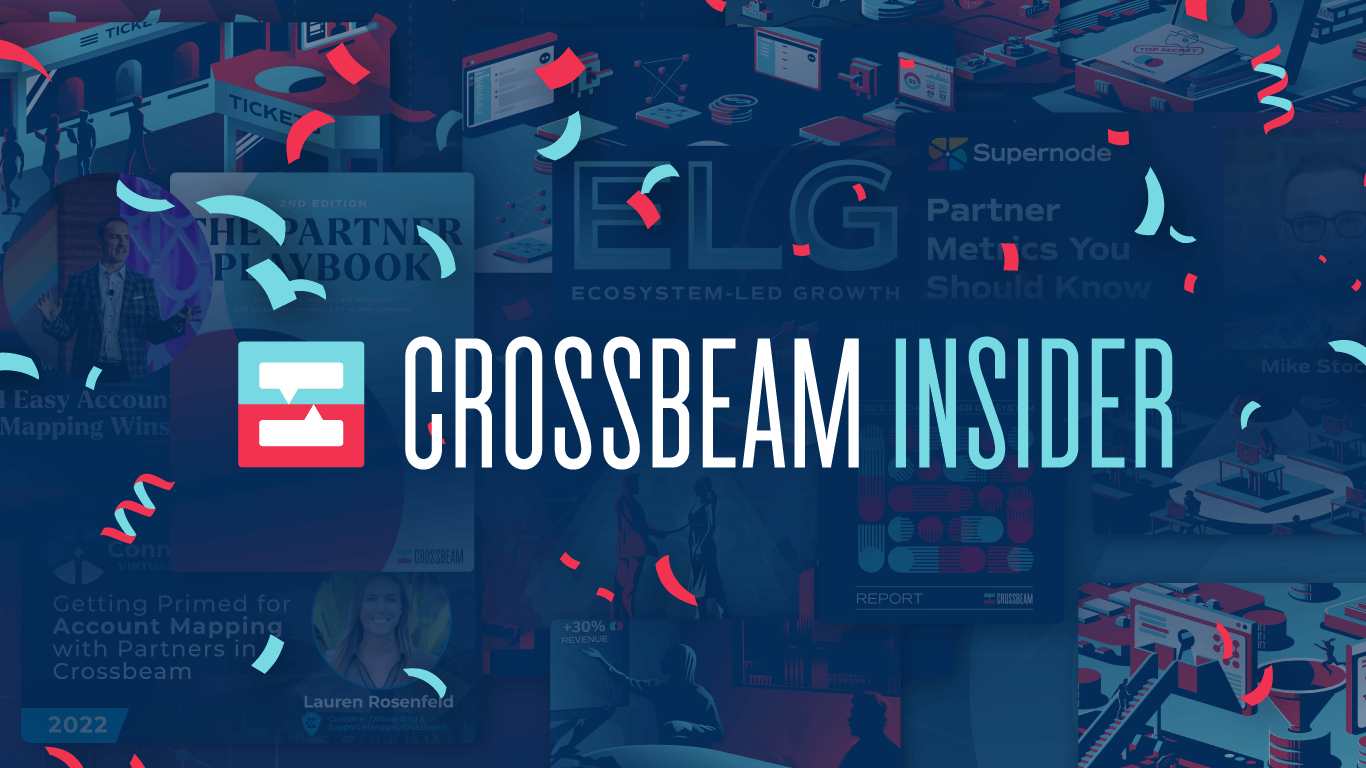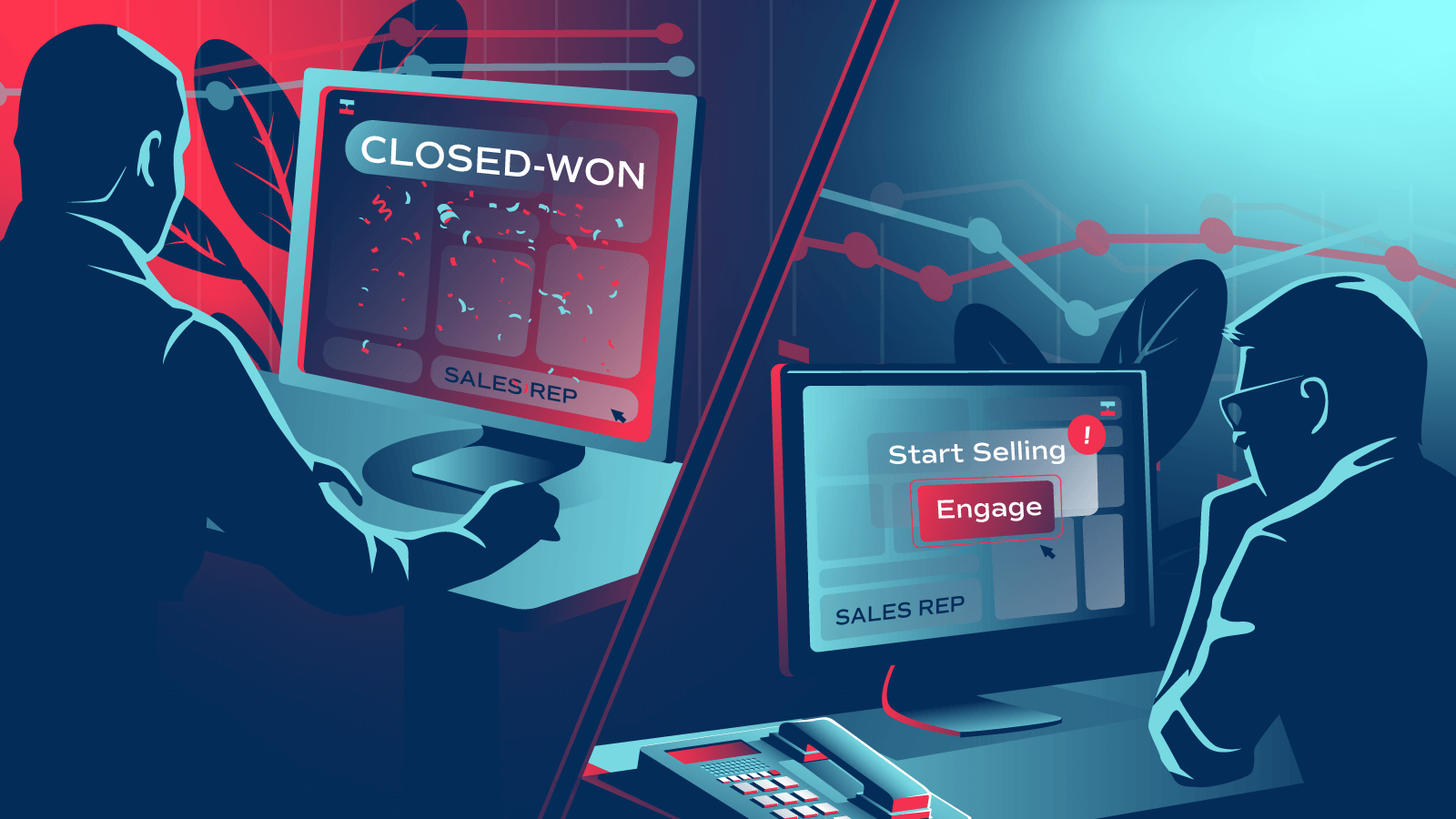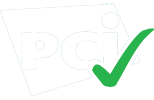This is an excerpt from the Crossbeam Partner Playbook, a 65-page guide for B2B SaaS partner managers to drive more revenue, get rewarded, and be an indispensable part of your company. Download it here.
The frustrating thing when reading about partnership best practices is that you’ll read a lot of advice that boils down to: “It depends on your circumstances.”
The reason for this? Each partnership requires taking the complexities, idiosyncrasies, goals, conflicts, and nuances of a single technology company and throwing them in with all of the complexities, idiosyncrasies, goals, conflicts, and nuances of another company. There is no one-size-fits-all strategy for making these things work, so your greatest asset is your curiosity and your empathy.
As a result, you should take your time when learning the lay of the land. Be prepared to take at least three months to spin up a new partner relationship, especially in the early days of your program.
“Business development people are motivated by situations where the world is this complex puzzle where we can create simplicity out of chaos,” says Somrat Niyogi, Head Of Business Development at Gusto. “Unfortunately, it always takes a lot longer than we expect.”
But before you reach out to others, make sure you know your own goals. You should be able to answer:
- What are my company’s priorities?
- What is my manager’s priority? What metric does she care about the most?
- What are my team’s priorities? How are they measured?
- How do partnerships fit into those priorities?
- Does the executive team have a clear idea on what the role of the partnerships team is?
- Does the executive team know the time it takes to deliver on partnerships?
“When you are in a new role, you can sniff out pretty quickly if partnerships are a priority or not,” says Tyrone Lingley, Director of Partnerships at Unbounce. “Partnerships are never a priority until they are. And when they are, it’s go time. Get whiff early on if it will be an uphill battle.”
And once you’re set on your priorities, it’s time to turn to your partners.
“Understanding what the other individual wants is paramount. What are they trying to influence? What are their key metrics? I may have to ask a few different ways, but once they tell me they give me the roadmap to what they care about,” says Cody Jones, Head of Partnerships at Zapier.
Thus, a simple discovery formula may look something like this:
 “A good partnership person discovers their partner’s needs through amazing work and says ‘I am able to solve this for you.’ Anything other than that is just not as strategic, it’s not as meaningful,” says Niyogi.
“A good partnership person discovers their partner’s needs through amazing work and says ‘I am able to solve this for you.’ Anything other than that is just not as strategic, it’s not as meaningful,” says Niyogi.
You should never enter a partnership without knowing the answers to the above formula. Your tactics and execution as well as the needed resources depend on the answers to those questions. For example:
 You need to do more than just understand the goals of your partner manager counterpart. You’ll need to understand what the other company’s marketing, sales, and product teams value. In some cases, veteran partner managers will tell you that it’s best to directly interface with those teams and skip the partner manager.
You need to do more than just understand the goals of your partner manager counterpart. You’ll need to understand what the other company’s marketing, sales, and product teams value. In some cases, veteran partner managers will tell you that it’s best to directly interface with those teams and skip the partner manager.
Regardless, discovery will win you deals.
“Whenever we show up to one of these meetings and it’s the partner manager, we win their trust by wowing them with what’s possible,” says Jones. “We’ve looked at their API docs, we’ve crafted solutions, we have a pitch deck, we have a go-to-market plan. We’re making the partner manager look awesome. They can go to their team and say, ‘Hey I just sourced this super cool opportunity, let me show it to you.’”
The key here is giving them as many artifacts as possible. Documents, slide decks, and even mockups of a potential integration.
“I want to make them look like a hero, and if I do that they are going to open the door to product or engineering or marketing,” he continues.
Jones says that Zapier usually puts together a deck that includes:
- The Zapier partnerships team with short bios
- The mission of Zapier
- How the partners work together today, if applicable
- The number of shared installs and customers
- Mockups of what the integration would look like inside the partner’s product
- Wireframes of the integration in use
- Co-Marketing ideas and a go-to-market plan
All of the up-front work makes things easier on the backend. Some partners even just take Zapier’s wireframes and ask if they can hand them over to their development team. “We always say yes,” he says. “It’s why we do them. We want to make everyone’s jobs easier.”
Turn your ecosystem into your #1 revenue source
Get started in under a minute. Instantly capture insights from your partners. Identify more opportunities. Did we mention it’s free?










